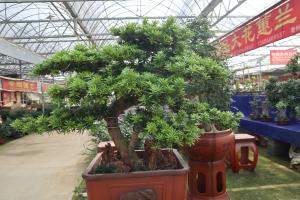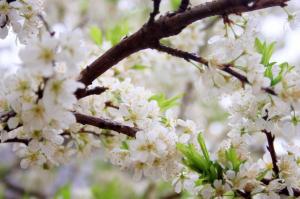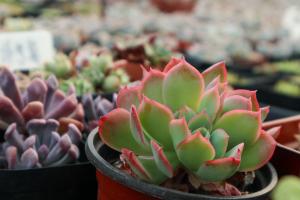Differences in basic characteristics
The stem of spring feather is lignified, erect and quite short. There are usually many roots at the bottom of the stem. The petiole is thin and long, and the length can reach 1 meter. The leaves are clustered and grow at the end of the stem, and it is especially large, just like a pinnate and deeply split palm, very thick green and shiny. The plants of Chunyu are tall and can usually reach more than 1.5 meters
The stem of spring taro is very thick and very short. The leaves grow from the upper part of the stem to other directions and grow very tightly and neatly. The leaves of spring taro are like an egg shaped heart, and the color is fresh, thick and shiny. Its petiole is thin and long, and the length of petiole can reach 801 cm to 100 cm. Its leaves are huge, up to 1.5 meters long and dark green. The length of the whole leaf can reach 60 cm and the width can reach 40 cm. The plant of spring taro can reach more than 1.8 meters
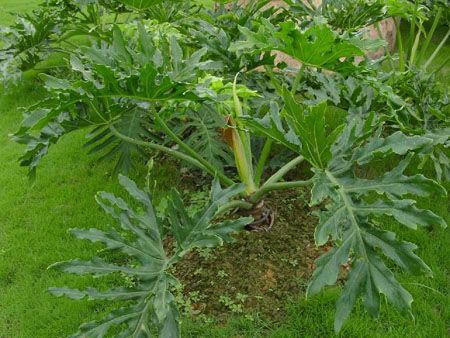
Differences in growth environment
Chunyu likes the environment with high temperature and humid air. It has no strict requirements for light. It can't be frozen, but it can withstand the dark growth space. As long as the indoor light is not too weak, Chunyu can grow. Spring feather has high requirements for temperature. It is better to keep the temperature above 5 ℃ in winter and above 10 ℃ to prevent the spring feather from being frozen, and the spring feather can begin to grow when the temperature reaches 10 ℃. The most suitable temperature for the growth of spring feather is 20 ℃ ~ 30 ℃, but it should be protected from strong light; Chunyu has no strict requirements for soil, but it grows best in sandy soil with good drainage and rich in humus. Potted Chunyu can generally be cultivated by mixing peat and fine rock into nutrient soil. Potted Chunyu needs to be placed in a semi shady place, especially in summer. Be sure to cover the strong light and avoid direct sunlight. For the spring feather in the growth period, pay attention to keep the soil moist and do not be too dry
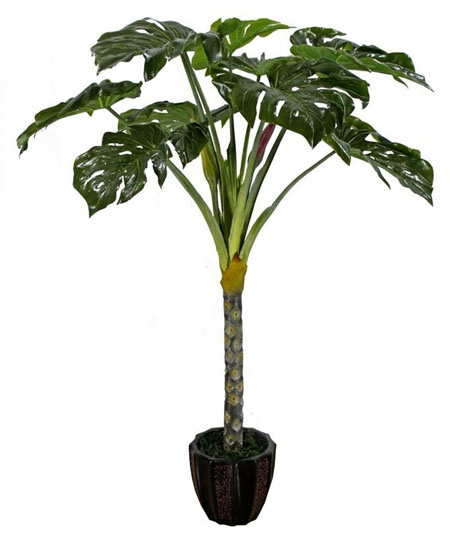
Spring taro does not need too much environment. It can grow in a slightly warm and humid environment. At the same time, it can stand the dark environment. Spring taro is particularly cold resistant, but generally the suitable temperature for growth is 18-25 ℃. It can withstand a low temperature of 2 ℃ in winter, but it is best to keep the temperature above 5 ℃. In addition, spring taro is not strict with the soil, and can grow in general sandy soil

 jackfruit
jackfruit snake plant
snake plant hibiscus
hibiscus hydrangea
hydrangea lavender
lavender Green roses climb al...
Green roses climb al... If you don't pay att...
If you don't pay att... Management of four g...
Management of four g...



